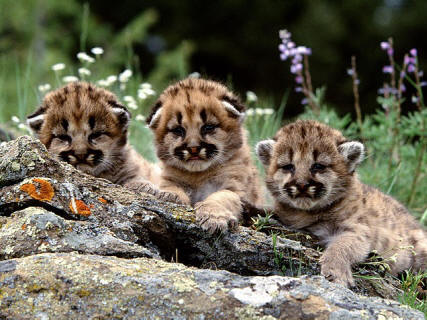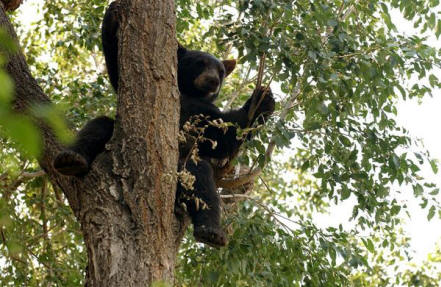
In 2017, the Ventura County Board of Supervisors voted to move forward with the development of protections for wildlife corridors that connect areas of important habitat like the Santa Monica Mountains National Recreation Area and the Los Padres National Forest. As a result of this multi-year effort, the county’s planning staff recently presented a proposed ordinance to the Planning Commission, which voted unanimously to send the proposal to the Board of Supervisors for final approval and adoption.
The proposed ordinance would protect several areas identified as Habitat Connectivity and Wildlife Movement Corridors throughout the county. These areas were identified by a large scale collaborative effort including scientists and agency personnel from the Forest Service, National Park Service, California State Parks, South Coast Wildlands, the Wildlands Conservancy, Conservation Biology Institute, San Diego State University, and many other organizations. The scientists that participated in this effort located areas critical for wildlife movement and survival in the region, and identified features of these areas are important for the long-term viability of wildlife such as mountain lions, black bears, bobcats, coyotes, badgers, deer, and other species. The proposed ordinance in Ventura County was based on this information, and the county’s planning staff worked with ranchers, farmers, landowners, and other stakeholders to develop regulations that would protect wildlife and habitat while still allowing landowners to build and develop their land.

The proposed ordinance would protect wildlife habitat and movement corridors by prohibiting certain types of outdoor night lighting harmful to animals, discouraging development along streams, discouraging the use of fencing that inhibit wildlife movement, and regulating development within Critical Wildlife Passage Areas (narrow bottlenecks within corridors that are crucial to the successful movement of wildlife). Below are lists of what the ordinance does and doesn’t regulate.
What the Ordinance Does
- Prohibits intentional planting of invasive plants along streams.
- Restricts certain types of outdoor lighting that impact wildlife at night.
- Restricts the type of fencing used in some areas so that wildlife can still move through a designated corridor.
- Changes the permitting process for certain types of development within 200 feet of surface water features (e.g. streams) so that environmental impacts are reduced.
- Discourages sprawling development in designated Critical Wildlife Passage Zones within wildlife corridors.
What the Ordinance Does Not Do
- Does not prohibit development outright.
- Does not prevent rebuilding of homes or other structures destroyed by wildfires, floods, earthquakes, or landslides.
- Does not prohibit vegetation removal related to wildfire mitigation.
- Does not prohibit outdoor security lighting.
- Does not prohibit agricultural activity within wildlife corridors.
- Does not prohibit fencing that inhibits wildlife movement into crops and orchards (that is, food safety will not be compromised by this ordinance).
- Does not “take” private property away from landowners.
Dozens of Exemptions
Here’s a list of a few of the major exemptions (there are at least 47 exemptions total) built into the ordinance:
- Planting or harvesting commercial crops or orchards and livestock grazing along streams.
- Vegetation modification affecting an area less than 10% of the portion of a property located within a stream buffer zone.
- Restoration work conducted by conservation organizations.
- Repair or maintenance of existing fences.
- All legally-existing structures, fences, etc.
- Seasonal or festive lighting (e.g. Christmas lights).
- Activities required by federal, state, or local law or regulation.
Below is a map of the proposed corridors.







